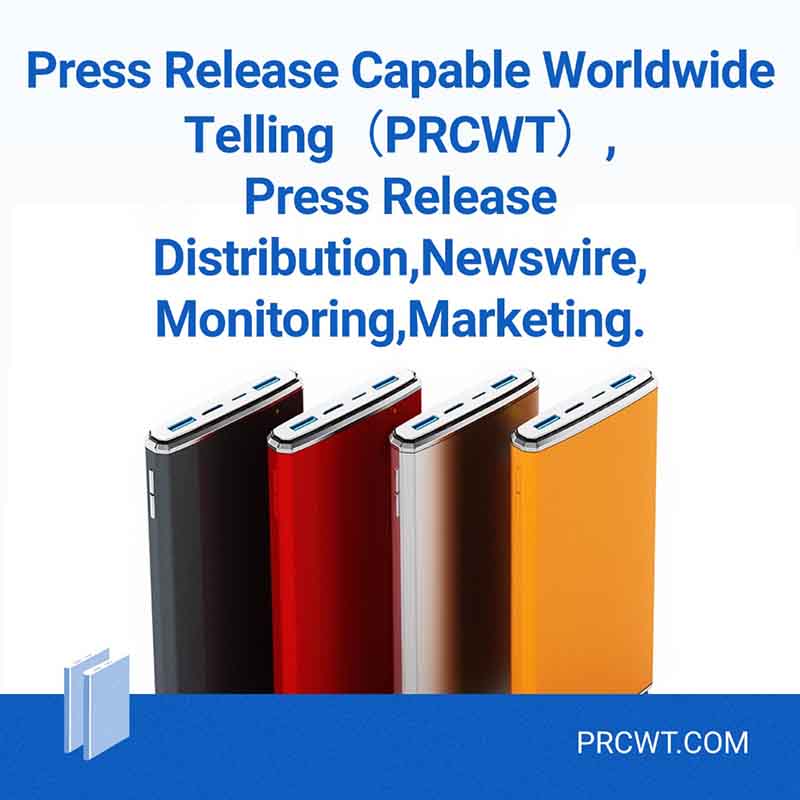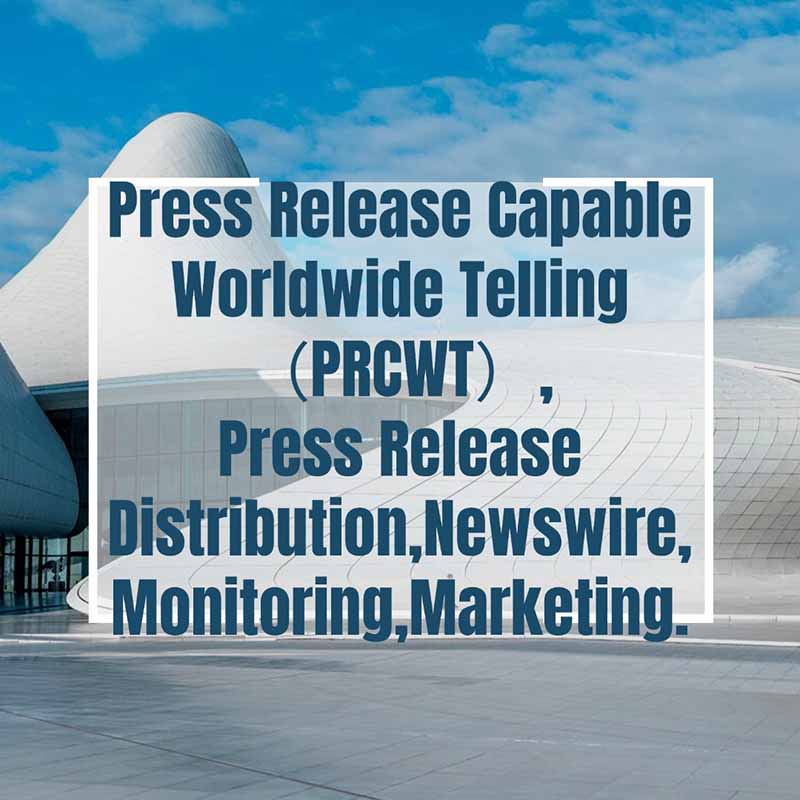In today's digital landscape, media monitoring has become an essential tool for businesses and organizations to stay informed about what's being said about them online. With the explosion of social media and the 24/7 news cycle, it's more important than ever to have a real-time understanding of how your brand is performing and how to respond to emerging issues.
Media monitoring involves the tracking and analysis of various media sources, including social media platforms, news websites, blogs, and online forums. By monitoring these channels, businesses can gain valuable insights into customer sentiment, brand perception, and market trends. This information can then be used to inform marketing strategies, improve customer service, and manage reputation.
According to recent industry data, the global media monitoring market is expected to grow at a compound annual growth rate of over 10% in the coming years. This growth is being driven by the increasing importance of digital media and the need for businesses to stay ahead of the competition.

One of the key benefits of media monitoring is its ability to provide real-time insights. By tracking social media conversations and news articles as they happen, businesses can quickly identify emerging issues and respond before they spiral out of control. For example, if a negative tweet about a product goes viral, media monitoring can help a company identify the issue and take steps to address it before it damages their brand reputation.
Another benefit of media monitoring is its ability to provide a comprehensive view of brand perception. By analyzing data from multiple sources, businesses can gain a better understanding of how their brand is being perceived by different audiences. This information can then be used to tailor marketing strategies and messaging to specific audiences, improving the effectiveness of marketing campaigns.

In addition to providing real-time insights and a comprehensive view of brand perception, media monitoring can also help businesses identify emerging trends and opportunities. By analyzing data from social media platforms and news websites, businesses can gain insights into what consumers are interested in and what topics are trending. This information can then be used to inform product development, marketing strategies, and content creation.
However, despite its many benefits, media monitoring is not without its challenges. One of the biggest challenges is the sheer volume of data that needs to be analyzed. With the explosion of social media and the 24/7 news cycle, it's often difficult to sift through all the noise to find the relevant information. Another challenge is the need for accurate and reliable data. Without accurate data, businesses can make incorrect decisions and waste valuable resources.
To overcome these challenges, businesses need to invest in advanced media monitoring tools and technologies. These tools can help businesses automate the monitoring process, filter out irrelevant information, and provide real-time insights. In addition, businesses need to ensure that the data they are using is accurate and reliable. This can be achieved by working with trusted data providers and validating the data using multiple sources.

In conclusion, media monitoring is a powerful tool for businesses and organizations in the digital age. By providing real-time insights, a comprehensive view of brand perception, and the ability to identify emerging trends and opportunities, media monitoring can help businesses stay ahead of the competition and build stronger brands. However, to be effective, businesses need to invest in advanced tools and technologies and ensure that the data they are using is accurate and reliable.